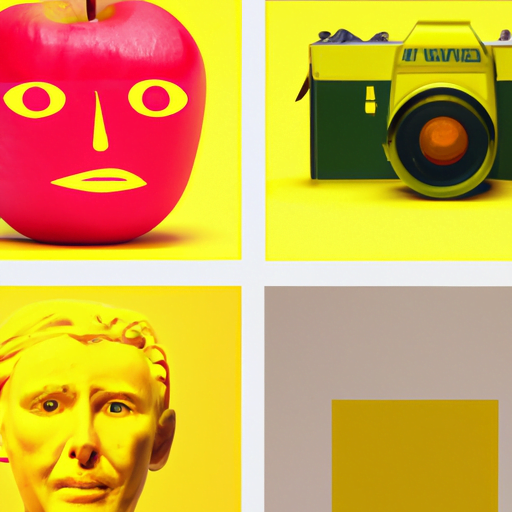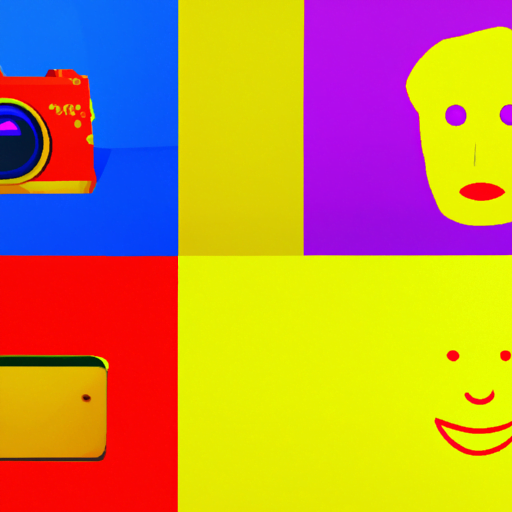
-
Table of Contents
Exploring the Role of Emojis in Visual Communication

Emojis have become an integral part of our digital communication, allowing us to express emotions, convey meaning, and add a touch of personality to our messages. These small pictorial icons have revolutionized the way we communicate, transcending language barriers and enhancing our ability to connect with others. In this article, we will delve into the role of emojis in visual communication, exploring their history, impact, and future prospects.
The Evolution of Emojis
Emojis originated in Japan in the late 1990s, created by Shigetaka Kurita, a designer for the Japanese mobile phone company NTT DoCoMo. Initially, emojis were limited to a set of 176 characters, including simple smiley faces, hearts, and weather symbols. However, as their popularity grew, so did their diversity and complexity.
Today, emojis encompass a vast range of emotions, objects, animals, and even cultural symbols. From the classic smiley face to the more recent additions like the face with tears of joy and the dancing lady, emojis have evolved to reflect the nuances of human expression.
The Power of Visual Communication
Visual communication has always played a crucial role in human interaction. Our brains are wired to process visual information more efficiently than text, making images and symbols a powerful tool for conveying messages. Emojis tap into this innate ability, allowing us to communicate complex emotions and ideas with a single icon.
Research has shown that visual content is more engaging and memorable than plain text. In fact, studies have found that people remember 80% of what they see, compared to only 20% of what they read. This highlights the importance of incorporating visual elements, such as emojis, into our communication to enhance comprehension and retention.
The Emotional Impact of Emojis
Emojis are particularly effective in conveying emotions, as they provide a visual representation of how we feel. They add a layer of emotional context to our messages, helping to bridge the gap between face-to-face and digital communication. For example, a simple smiley face can indicate happiness, while a frowning face can convey sadness or disappointment.
Studies have shown that emojis can have a profound impact on the emotional tone of a message. In a study conducted by researchers at the University of Cambridge, participants were asked to read a series of text messages with and without emojis. The messages with emojis were consistently rated as more positive and sincere, highlighting the role of emojis in shaping the emotional interpretation of a message.
Emojis as a Universal Language
One of the most remarkable aspects of emojis is their ability to transcend language barriers. While spoken and written languages can be complex and nuanced, emojis provide a universal visual language that is easily understood across cultures and languages.
For example, a heart emoji conveys love and affection, regardless of the recipient’s native language. Similarly, a thumbs-up emoji signifies approval or agreement, regardless of the words used in the message. This universality of emojis has made them a valuable tool for global communication, enabling people from different backgrounds to connect and understand each other.
Emojis in Marketing and Branding
Brands and marketers have recognized the power of emojis in capturing attention and engaging with their target audience. Incorporating emojis into marketing campaigns and branding strategies can help create a more relatable and authentic image for a brand.
For example, Domino’s Pizza launched a successful campaign in 2015, allowing customers to order pizza by simply tweeting a pizza emoji. This innovative use of emojis not only simplified the ordering process but also generated buzz and excitement around the brand.
Similarly, Chevrolet used emojis in their press release to announce the arrival of the 2016 Chevrolet Cruze. By replacing words with emojis, Chevrolet effectively conveyed the features and benefits of the new car in a visually appealing and memorable way.
The Future of Emojis
As technology continues to advance, so does the potential for emojis to evolve and expand. With the introduction of augmented reality (AR) and virtual reality (VR), emojis could become even more immersive and interactive.
Imagine being able to use emojis in a VR chat room, where your avatar can physically express emotions through facial expressions and body language. This would take the concept of emojis to a whole new level, allowing for a richer and more nuanced form of visual communication.
Conclusion
Emojis have revolutionized visual communication, allowing us to express emotions, convey meaning, and bridge the gap between face-to-face and digital interactions. Their universal appeal and ability to transcend language barriers make them a powerful tool for connecting with others on a global scale.
As we continue to embrace emojis in our daily communication, it is important to recognize their impact and potential. Whether in personal conversations, marketing campaigns, or future technological advancements, emojis will undoubtedly play a significant role in shaping the way we communicate and express ourselves visually.
